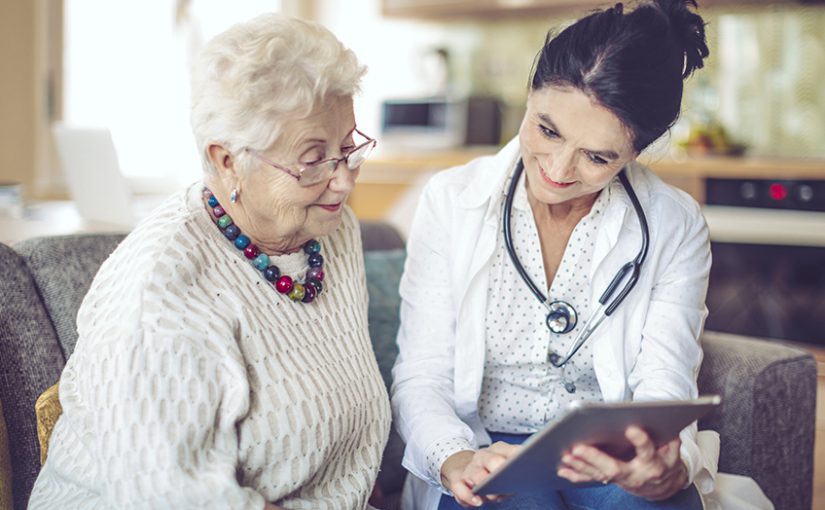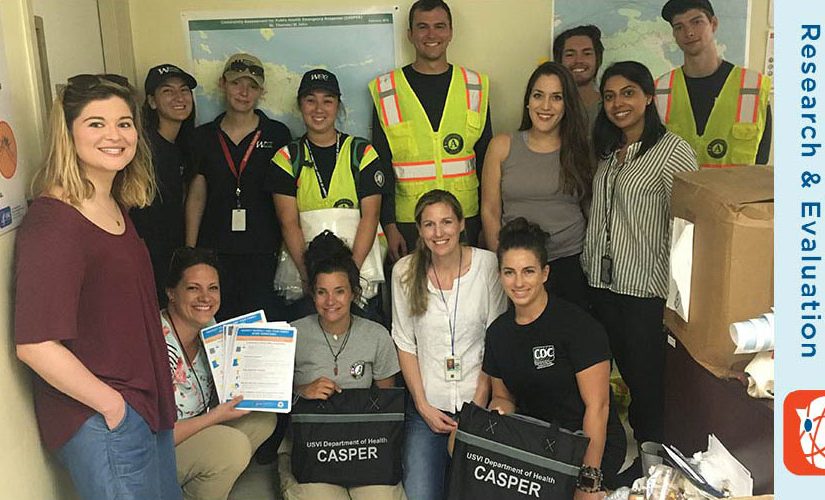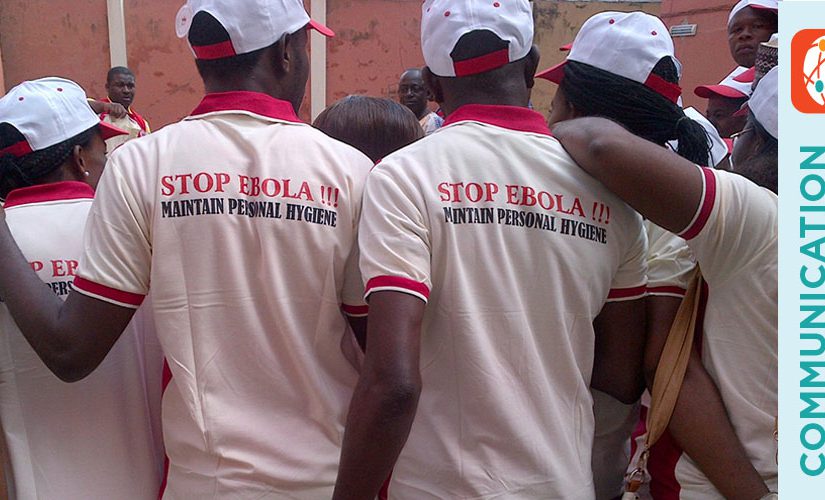Category: Communication Research and Evaluation Series
10 Health Literacy Tips for Reporting Data

We live in a complex world. Just as humans have left an impact on the environment, the environment also leaves an impact on us. Being exposed to certain physical and social environmental factors, like chemicals in the water, secondhand smoke, or poverty, can affect our health. Understanding oral health data in Minnesota The Minnesota Department Read More >
Posted on by 3 CommentsEvaluating Communication Campaigns

Health communication and marketing campaigns that promote positive behavior change are a cornerstone of public health and behavioral science. Designing and implementing quality campaigns on a tight budget and in an urgent timeframe is a challenge that most health communication professionals share. Research and evaluation are critical for a successful campaign. CDC is using leading research and Read More >
Posted on by 11 CommentsAssessing Community Needs in Real-time

What if there was a way to evaluate the needs of a community after a natural disaster? Or understand a community’s attitudes and beliefs about a specific public health behavior? Enter CASPER: Community Assessment for Public Health Emergency Response, a tool for health departments and public health professionals to assess community needs in real-time. What Read More >
Posted on by 3 CommentsTackling eHealth Literacy

As I waited in the exam room on a recent visit to my doctor’s office, I noticed there was a large wall display with an interactive screen. It resembled a smartphone and I could use the touchscreen to scroll and learn about various conditions, diabetes, heart disease, Alzheimer’s, and colon health. Each menu included signs Read More >
Posted on by 5 CommentsResponding to Emergencies One Behavior at a Time

To improve the health and safety of people in the United States and around the world, we have to influence and change behaviors. It can be difficult to try new things, or stop old things as behaviors range from simple to complex, but one way to consider behavior change is to think of any change Read More >
Posted on by 11 Comments
